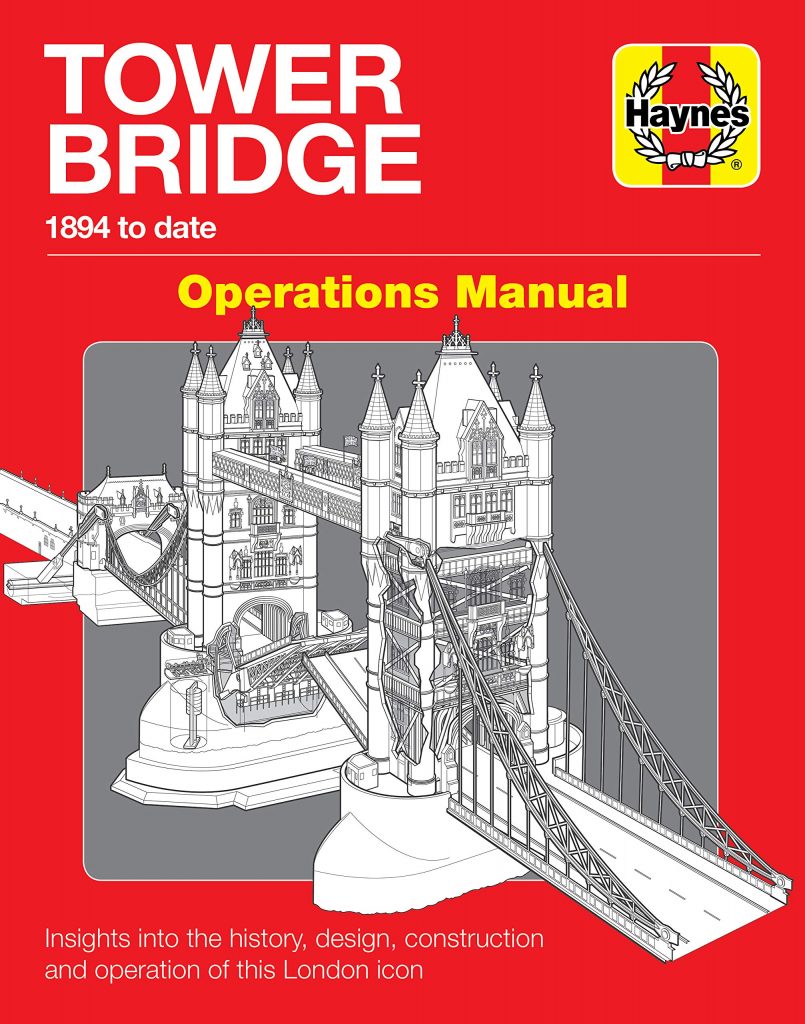This modest website, towerbridge.me.uk, is about Tower Bridge, not me. It has been a great pleasure and an enormous privilege to research the history, design, construction and operation of this wonderful example of Victorian heavy engineering during the writing of the Haynes Operations Manual for the bridge. This website offers overview, the book detail.
My motives in writing the book were to personally discover the history of how the bridge came to be, to understand how the bridge was built, to discover how each part of it “works”, to celebrate the 125th birthday of this brilliant example of 19th century British engineering and, most importantly, to make this information available to all – including those who love this iconic landmark, visitors to the bridge, the organisations and people who manage the bridge as “an attraction”, and those who help to maintain and safeguard it for the benefit of future generations.
If you plan to visit the bridge, may I suggest that you read the book first? You will then understand how the bridge works and recognise key components. You will understand the function of the enormous cantilevers which support the end sections of walkway, imposing a pull of 290 tons. You will notice the bolts and forged steel links which suspend the central walkway sections from the cantilevered end sections. You will spot the position of the 80 ton high-level ties, sitting in the bottom of the outer footway girders and supported by their very own twin-catenary wire suspension bridges. Each high-level tie weighs as much as 1100 pedestrians and is under nearly 1000 tons of tension, linking the two suspension bridges together.
The Haynes Tower Bridge Operations Manual (ISBN 978 1 78521 6497) is available from the Haynes website, amazon.co.uk and all good real and virtual bookshops. The copyright to all text and images on this website is owned by John M Smith / Haynes Publishing unless otherwise stated. All images are used with permission.
